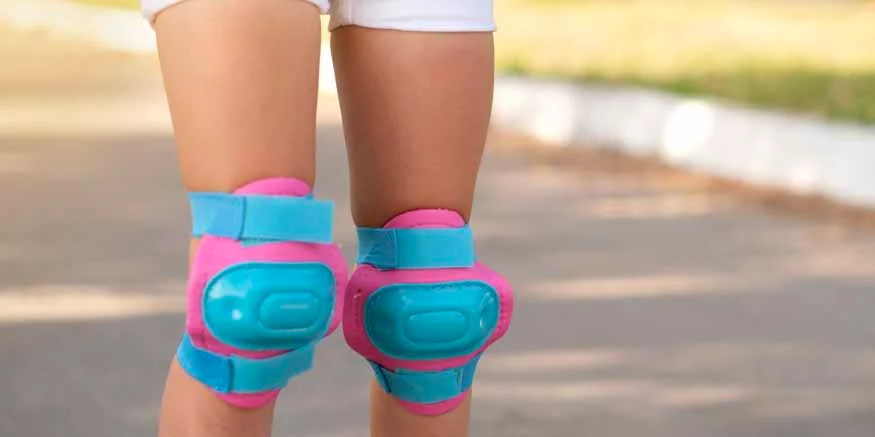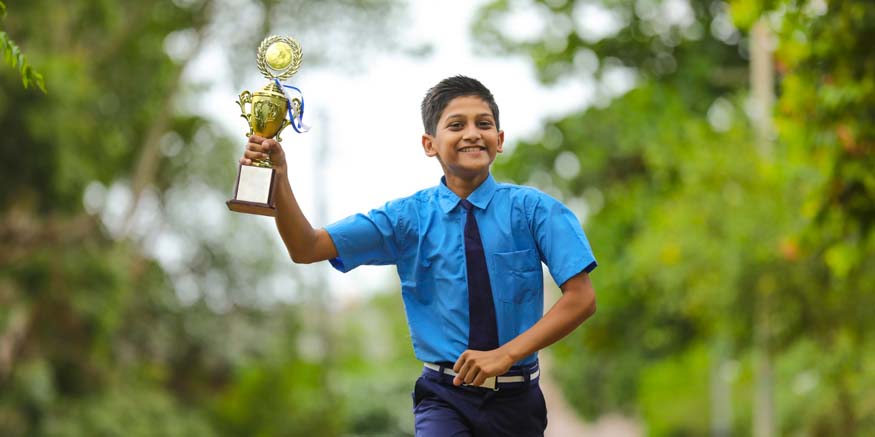One particular curiosity that often captures the attention of new parents is whether or not newborns have kneecaps. Discover the mystery behind their introduction and the vital role that newborn kneecaps play in promoting the general health of young infants by exploring the delicate realm of newborn kneecaps through this in-depth inquiry. Let’s delve into the finer aspects of childhood, where every new finding adds a unique charm to the whole picture of parenting.
The Mysteries of Infant Kneecaps
New parents, captivated by their newborn’s charm, marvel at the plumpness of their baby’s legs and question the presence of kneecaps. Contrary to belief, newborns lack fully developed kneecaps, having flexible cartilage structures designed for a smooth birth canal passage. Understanding newborn kneecaps is vital, guiding parents in caring for these delicate structures. As babies grow, incorporating gentle exercises, including kneecap pain exercises, becomes crucial for their well-being.
- Formation and Gradual Development
- Newborn Stage
- Early Months
- First Year
- Toddler Years
- When Do Babies Develop Kneecaps?
Explore the remarkable journey from pliable cartilage to fully formed kneecaps during the early stages of a child’s life, witnessing the intricate process of skeletal development unfold.
Upon birth, infants enter the world with knees supported by soft, flexible cartilage, laying the foundation for future mobility.
As the infant grows, the process of ossification initiates, signalling the gradual transformation of cartilage into sturdy bone tissue, a crucial step towards achieving stable kneecaps.
Throughout the first year of life, this process of conversion continues, with cartilage gradually being replaced by bone, reinforcing the skeletal framework and enhancing support for growing limbs.
By the time the child reaches the tender age of three, kneecaps typically reach full formation, solidifying their role in providing stability and mobility, marking a significant milestone in the child’s skeletal development journey.
Kneecap formation is an interesting process that starts at about six months of age. This is the point at which the cartilage gives way to more pronounced kneecaps, which is a critical stage in the complex process. In the months and years that follow, the amazing process of ossification continues, reaching its apex at three years old. It is at this time that the kneecaps usually reach their maximum development and play a major role in the child’s strong skeletal structure. This detailed timeline highlights the importance of knee caps and knee discomfort in a child’s early years. Explore effective knee caps for knee pain solutions to ensure your child’s well-being.
Addressing Parental Concerns about Knee Cap Pain
While the developmental stages of kneecap formation are a natural part of a baby’s growth, it is not uncommon for parents to express concerns about potential knee pain in their infants. Distinguishing between normal developmental discomfort and potential issues causing pain is essential.
- Normal Growth Pains
- Injury or Strain
- Possible Causes of Knee Cap Pain
An infant’s growing knees may cause them discomfort or pain, highlighting the importance of knee caps for knee pain solutions. This feeling results from the bones and joints enlarging at different rates. Using mild massage methods combined with calming strategies might help a great deal with this temporary soreness and give the support that’s needed throughout these developmental phases.
Babies may experience minor strains or injuries while exploring their arising abilities while travelling along the exciting path of movement. Being on the lookout for signs of possible stress, including swelling, redness, or continuous sobbing, is essential. In these situations, consulting a healthcare provider is not only advised but becomes essential to guaranteeing your child’s overall well-being.
Growing up is marked by high activity levels, which can occasionally result in knee pain concerns, encouraging the importance of knee caps for knee pain solutions. Numerous factors, such as muscle strain, ligament problems, or overuse of their developing limbs, may be responsible for this discomfort. It is necessary that you take swift measures to address these concerns as they represent a proactive measure to protect your developing child’s general health and well-being.
Kneecap Pain Treatment and Incorporating Exercises
For parents managing kneecap pain in their little ones, consider implementing effective kneecap pain exercises. Discover practical solutions for your child’s comfort and well-being.
- Rest and Ice
- Gentle Massages
- Stretching Exercises
Stressing the value of recovery, you could encourage your youngster to embrace a rest period after scrapes or injuries. Another precaution to think about is applying ice to the injured region; this is a tried-and-true treatment well-known for its effectiveness in reducing swelling. This common strategy offers a consoling and useful kneecap pain treatment solution for your child’s well-being and is especially helpful in handling the aftermath of minor incidents.
Moving on to techniques for relieving pain, the delicate technique of massaging the knees becomes an essential aspect. Using gentle, circular strokes enhanced with a light, baby-safe oil provides an additional layer of comfort, helping to reduce discomfort and promote relaxation. When used correctly, this tactile method is a helpful and gentle technique to relieve any residual discomfort in your child’s knee area.
Include mild stretches in your child’s routine to improve range of motion and strengthen the growing knee muscles—an important factor to consider for delicate infant kneecaps. The goal of this proactive strategy is to increase general strength and mobility. But before beginning any new workout schedule, proceed with caution and seek medical advice, particularly for specific issues like exercises for knee discomfort. This guarantees a customised and thoughtful approach to your child’s physical health, accounting for the particular features of a newborn’s kneecaps as well as possible exercise-related concerns.
The journey of a baby’s development, transitioning from cartilage to kneecaps, is vital for their mobility and stability. Staying informed about their stages of growth ensures their well-being, while cherishing these transformative moments is key to nurturing their exploration and discovery.
Set out on a rewarding educational adventure at EuroSchool, where creativity and brilliance combine. Come along as we cultivate critical thinking abilities, creativity, and curious minds. Explore our offerings to provide your child a better future right now. Check out EuroSchool.com for more information.









